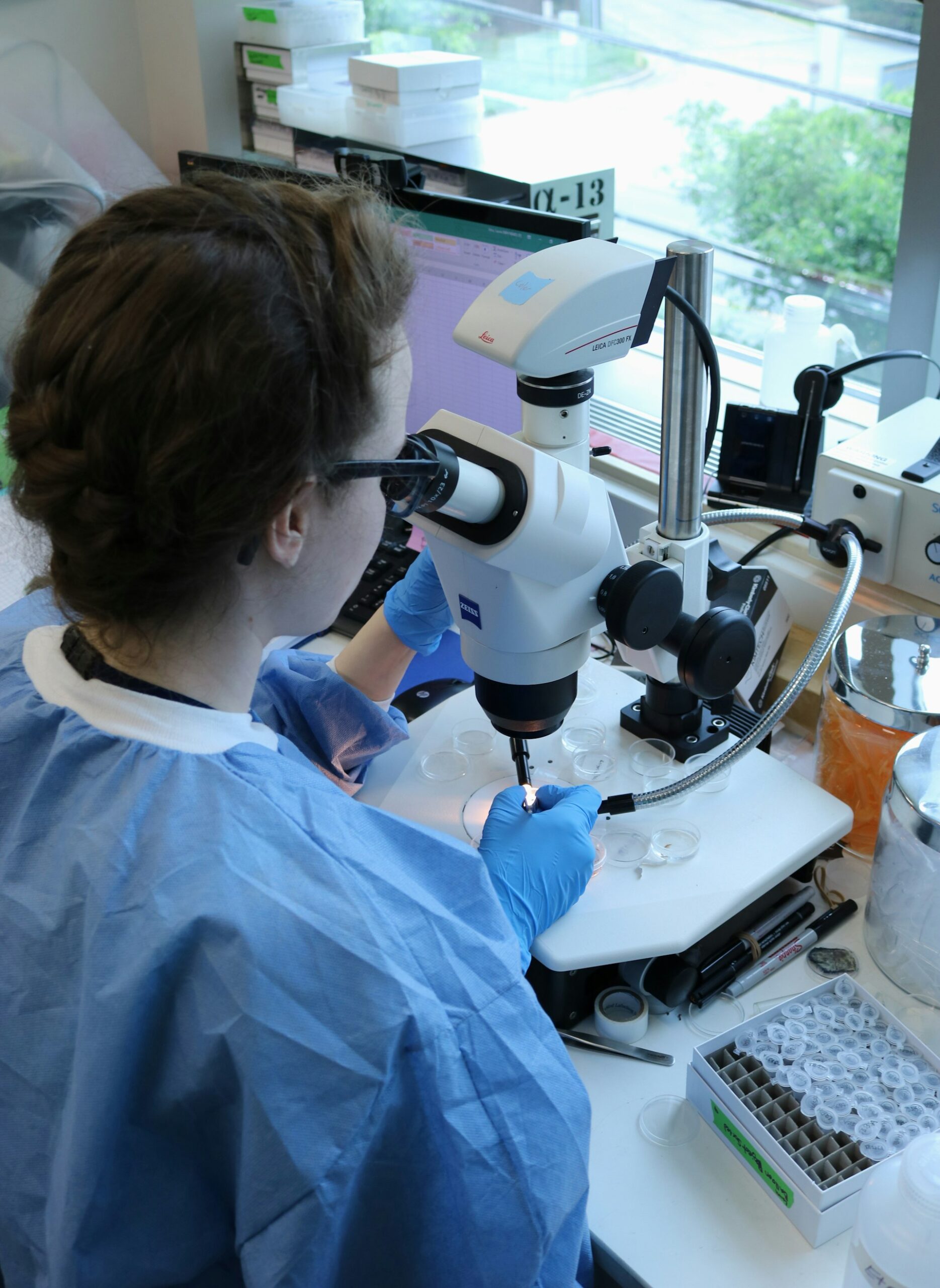Unlocking Your Future: Career Pathways in Smart Agriculture Technology

Photo by Vinh Thang on Unsplash
Introduction: The Rise of Smart Agriculture Careers
As global food demand and environmental pressures intensify, smart agriculture technology is reshaping the entire agricultural landscape. This field, also known as precision agriculture, leverages data analytics, automation, IoT sensors, drones, and artificial intelligence to optimize food production, resource use, and sustainability. [1] The result is a growing spectrum of rewarding career opportunities that blend technology, science, and sustainability. Whether you are a new graduate, a tech professional seeking a career pivot, or a seasoned agriculturalist looking to upskill, smart agriculture offers dynamic roles and new pathways for impact.
Key Career Opportunities in Smart Agriculture Technology
The job market in smart agriculture is evolving rapidly. Roles once focused on manual labor or conventional agronomy are now intertwined with technology and data science. [2] Below are some of the most in-demand and emerging career paths:
- Data Analyst/Scientist (Agriculture) : Analyze crop, soil, and weather data to inform decision-making and optimize yields. Roles typically require skills in data modeling, statistical analysis, and software tools specialized for agriculture.
- Drone Operator and Remote Sensing Specialist : Deploy, maintain, and analyze data from UAVs for crop monitoring, pest identification, and field mapping. Certification and experience with GIS tools are often needed. [1]
- IoT & Sensor Engineer : Design and implement sensor networks for monitoring soil moisture, climate, and crop health. This field merges hardware engineering, software integration, and agricultural science.
- AI Platform Manager : Oversee the implementation and operation of AI-driven advisory systems that predict disease outbreaks or optimize input use. [3]
- Robotics Engineer (AgriTech) : Develop automated machinery for planting, harvesting, and field management. Robotics specialists in agriculture often collaborate with mechanical engineers and agronomists.
- Blockchain Specialist (Agri-Supply Chain) : Build and manage blockchain systems for traceability, food safety, and supply chain transparency. [1]
- Sustainability Analyst : Focus on carbon footprinting, resource optimization, and regulatory compliance in farming operations.
- Researcher or Academic in Smart Agriculture : Contribute to the development of next-generation technology solutions and best practices through applied research. [5]
- Business Development Manager (AgriTech) : Identify growth opportunities, manage partnerships, and lead digital transformation strategies for agricultural businesses. [4]
Leading Technologies and Their Impact on Job Roles
Smart agriculture integrates multiple advanced technologies that are driving job creation and transformation across the industry:
- IoT Sensors and Automation : Continuous monitoring of crops and livestock, automating irrigation, fertilization, and pest control. These systems require engineers for design, installation, and ongoing maintenance. [3]
- Remote Sensing and Drones : High-resolution imaging for crop scouting, disease detection, and yield estimation. Operators and data analysts are needed to interpret imagery and integrate insights into farm management systems. [1]
- AI and Big Data Analytics : Predictive models help optimize planting schedules, resource allocation, and harvest timing, generating demand for data scientists and software engineers. [2]
- Cloud Computing and SaaS : Cloud-based farm management platforms enable collaboration and analytics across devices and locations, creating roles in software development, deployment, and technical support. [2]
- Blockchain : Enhances traceability and transparency throughout the agricultural supply chain, increasing demand for blockchain developers and compliance specialists. [1]
How to Access and Prepare for Smart Agriculture Careers
Pursuing a career in smart agriculture technology can start from various backgrounds-agriculture, engineering, computer science, or business. Here is how you can get started and position yourself for success:

Photo by Waqar Mujahid on Unsplash
-
Assess Your Interests and Skills
Determine whether your strengths align with data analysis, technology development, project management, or sustainability.
-
Pursue Relevant Education and Training
Degrees in agriculture, computer science, engineering, or environmental science are common entry points. Specialized certificate programs and workshops in precision agriculture, drone operation, or IoT integration are increasingly available. To identify specific programs, search for “precision agriculture certification” or “agricultural technology programs” at accredited universities or community colleges.
-
Gain Practical Experience
Internships, research assistantships, and entry-level roles offer hands-on exposure. University programs such as the University of New Hampshire’s College of Life Sciences and Agriculture (COLSA) provide practical training. [5]
-
Develop Technical Competencies
Skills in data analytics, programming (Python, R), GIS, and hardware troubleshooting are vital. Many open-source projects and online courses (for example, through recognized MOOC platforms) can build foundational knowledge.
-
Network with Industry Professionals
Attend industry conferences, webinars, and local agricultural technology meetups to expand your professional network. If you’re seeking job openings, platforms like Indeed list verified positions in IoT, automation, and smart agriculture. [4]
-
Stay Current with Industry Trends
Follow leading organizations, academic journals, and technology news to keep up with the latest developments in smart agriculture. Consider subscribing to newsletters from agricultural innovation centers or professional societies.
Practical Steps to Find Smart Agriculture Job Opportunities
The path to employment in smart agriculture technology varies by specialization. Here are actionable steps for job seekers:
- Leverage job boards like Indeed for current openings in agritech, IoT, and precision agriculture. [4]
- Contact university career centers for internship and research opportunities in agricultural technology. [5]
- Join industry groups and forums to discover hidden job markets and learn from professionals who have made the transition into smart agriculture roles.
- If you are interested in entrepreneurship, explore startup incubators focused on agritech innovation for mentorship and funding opportunities.
- Some companies, such as Farmonaut, provide direct access to smart farming platforms and tools. To get started, you can sign up for their web or mobile applications. [1]
Challenges, Solutions, and Alternative Approaches
Transitioning into smart agriculture technology is not without challenges. The sector faces a talent gap in advanced digital skills, and rural regions may have limited access to training resources. If you encounter such barriers:
- Consider online learning platforms for foundational courses in data science, IoT, and agronomy.
- Participate in pilot projects or volunteer with agricultural research programs to build practical experience.
- Seek mentorship from professionals through local extension services or agricultural innovation hubs.
- Explore hybrid roles where traditional farming expertise meets technology, allowing for gradual upskilling.
Alternative approaches, such as pursuing agribusiness or sustainability consulting, can also provide entry points into this evolving industry.
Key Takeaways and Next Steps
Smart agriculture technology is creating diverse, impactful career opportunities at the intersection of science, technology, and sustainability. With the right skills, practical experience, and proactive engagement, you can play a pivotal role in transforming global food systems. To get started, identify your area of interest, pursue relevant education or certifications, and leverage the actionable steps outlined above. For the most current job postings and training opportunities, regularly check verified job boards and university resources.
References
- [1] Farmonaut (2025). Top Smart Farming Options & Agriculture Careers For 2025.
- [2] Agri RS (2021). Tech-Focused Agriculture Jobs.
- [3] PSA Inc. (2025). Smart Agriculture: 2025 Best Practices.
- [4] Indeed (2025). IoT Smart Agriculture Jobs.
- [5] University of New Hampshire COLSA (2025). Top 5 Careers in Agriculture in 2025.



